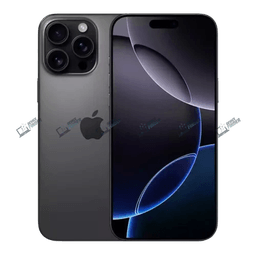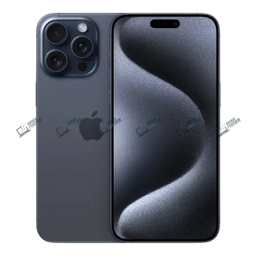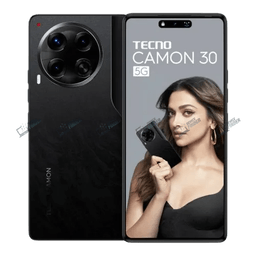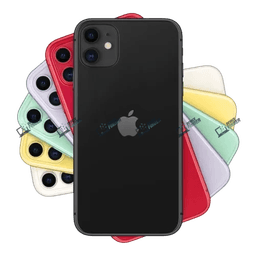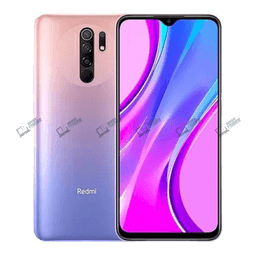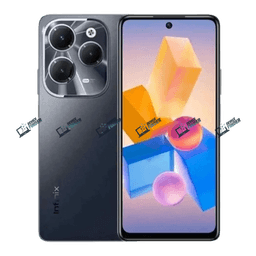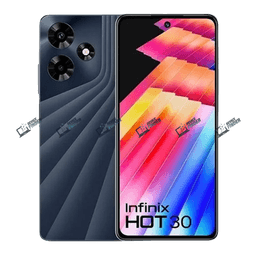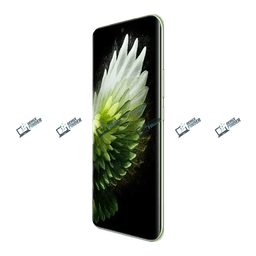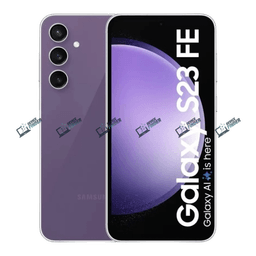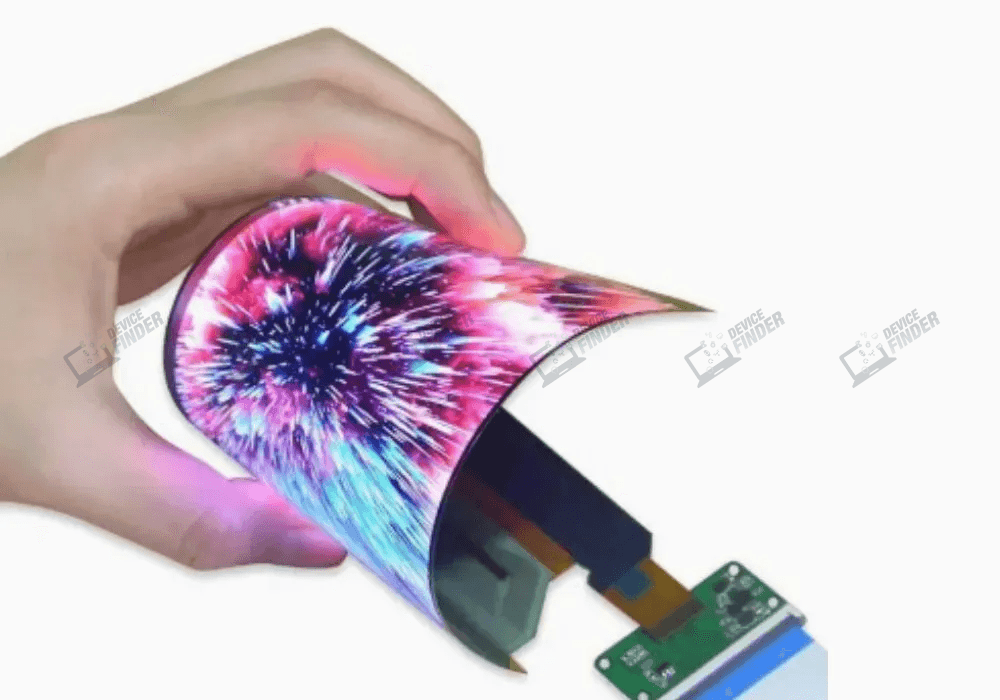
Why Flexible AMOLED is the Future of Mobile Display in the World?
What is a Flexible AMOLED Display?
The Flexible AMOLED display is an innovative display which uses organic light emitting diodes mounted on plastic substrates. The screen can be rolled, folded, or curved without it breaking. This technology is more flexible and lighter than rigid AMOLED Display for smartphones.
How Does Flexible AMOLED Work Internally?
The flexible AMOLED panel is made of ultra-thin layers. The layers consist of a thin film transistor (TFT), an OLED Display, and a protective covering. The screen can be bent, as opposed to glass. The layers are protected from moisture and air by a thin film encapsulation.
Advantages of Flexible AMOLED Displays
-
Support for Foldable and Curved Screens
-
Glass is lighter and thinner.
-
Drop damage resistance increased
-
Darker blacks with better contrast
-
More efficient in dark mode
-
Stylish for premium design
Disadvantages of Flexible AMOLED Displays
-
Costs of production
-
After long-term folding, visible creases are formed
-
Budget phones are limited in availability
-
Under pressure, there is a slight risk that the screen may be damaged.
Real-Life Applications of Flexible AMOLED Displays
-
Foldable Smartphones (e.g. Galaxy Z Fold, Find N by OPPO)
-
Curved smartwatches (e.g., Samsung Galaxy Watch)
-
Wraparound Display Concepts (Mi MIX Alpha)
-
Rollable prototypes (LG Rollable, OPPO X 2021)
Brands Using Flexible AMOLED Technology in Smartphones
Samsung - The Foldable Trendsetter
Samsung was the first to introduce flexible AMOLED into mainstream products. It launched the Galaxy Round in 2013, the first smartphone with a AMOLED screen that was curved. In 2019, the Galaxy Fold was introduced, which uses ultra-thin AMOLED flexible glass that bends into itself. Samsung has improved the durability of its hinges, decreased crease visibility and increased screen protection over time with UTG. Samsung supplies AMOLED flexible panels to Vivo, Xiaomi and Motorola.
Huawei - Outward Folding Innovation
In 2019, Huawei joined the race for flexible displays with its MateX. Huawei chose an inward fold instead of Samsung's. This bolder design showcases its strong design. When unfolded, the Mate X featured an 8-inch AMOLED flexible panel. The company then released the MateXs with improved hinge design, and Xs2. Huawei's AMOLED flexible phones have been praised by many for their excellent engineering, but are limited because of US trade restrictions.
Motorola - The Foldable Flip Comeback
In 2019, Motorola brought its Razr in a foldable modern format. The Motorola Razr 2019,, and the Razr 5, both featured Flexible AMOLED vertically-folding displays. Motorola's compact clamshell design appeals to nostalgia-seeking users, unlike Samsung Galaxy Fold. The Razr 2020 was released in 2022 with improved hinge mechanisms and an almost invisible seam.
Xiaomi - Concept to Reality
Xiaomi's concept phone, the MI MIX Alpha was a game changer in 2019. The phone was wrapped in a Flexible AMOLED. It was never mass produced, but it showed Xiaomi's R&D capabilities. Xiaomi then launched the Mix Fold and MiX Fold 2 with inward-bending Flexible LED displays supplied by Samsung. Xiaomi wants ultra-thin, crease-free foldables.
Vivo & OPPO - Premium Foldables for Asia
Vivo's X Fold series and OPPO's Find N series feature compact, crease-resistant displays with premium hinges. Vivo’s X Fold and OPPO’s Find N feature compact displays that are crease resistant with premium hinges. Vivo launched the X Fold 2022. It was followed by the X Fold+, X Fold2. OPPO's Finding N2 Flip gained popularity in 2023. They focused on creating foldables that felt seamless in Asian markets.
Why Flexible AMOLED is the Future of Smartphone Displays
AMOLED displays are leading display innovation in the future. Foldable screens are also gaining popularity in Bangladesh due to the growing demand for stylish and portable screens. As the production costs fall, even middle-range smartphones are expected to adopt flexible AMOLED screens by 2026.
Future Trends and Innovations in Flexible AMOLED
-
Rollable smartphones replacing foldables
-
Double-axis folding technology (both horizontal + vertical)
-
Power-efficient layers using LTPO
-
Flexible layers under-display cameras
-
Use in laptops, tablets, cars, and wearables
Conclusion
The flexible AMOLED isn't just futuristic, it has already changed the way mobile devices are used around the world. This innovation, which includes rollable and foldable phone concepts, promises greater usability, elegance, portability. It's now time for Bangladeshi users to adopt this trend. As the number of brands on the market increases and the prices fall, AMOLED smartphones will become more mainstream in the coming years.
FAQs
Q1. What's the difference between regular and flexible AMOLED screens?
A: The Flexible AMOLED screen uses plastic instead of glass to allow it to be bent and folded.
Q2. Which mobile phones use flexible AMOLED in Bangladesh?
A: Samsung Galaxy Z Fold5, OPPO N2 Flip and Vivo X Fold can be seen on the unofficial market.
Q3. Are foldable AMOLED phones durable?
A. With UTG technology and hinges, the majority of folding machines can be folded over 200,000 folds. But, you still need to take care.
Q4. Is Flexible AMOLED better than Super AMOLED?
A: While both offer vibrant colors and deep blacks, Flexible AMOLED offers the added advantage of folding or curving.
Q5. Will Flexible AMOLED become cheaper in Bangladesh?
A: Absolutely. In Bangladesh, we can expect to see more foldable smartphones on the market by 2026.
